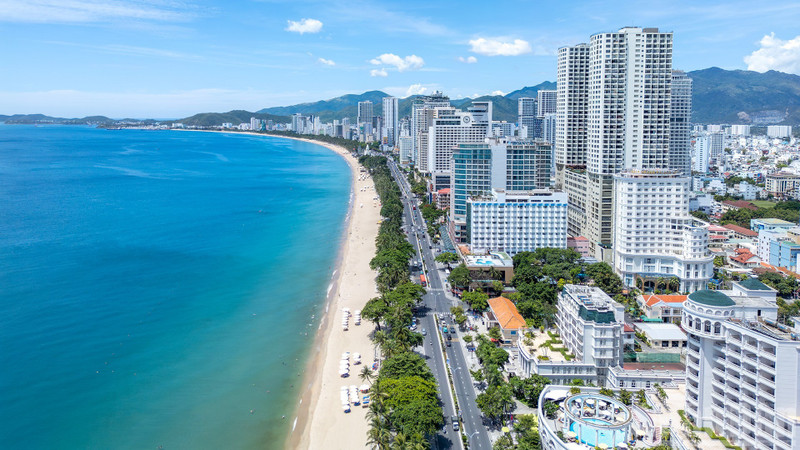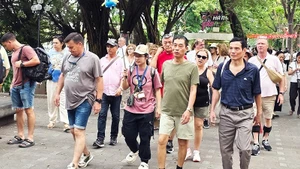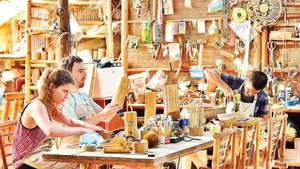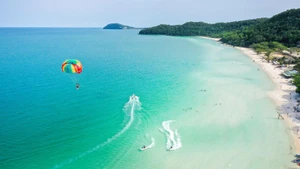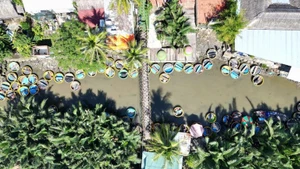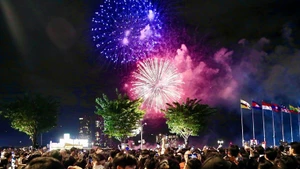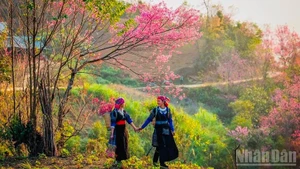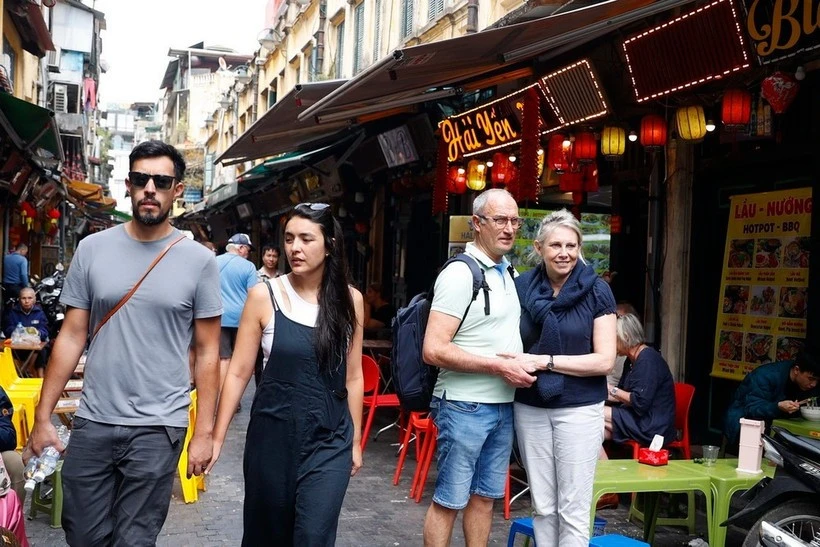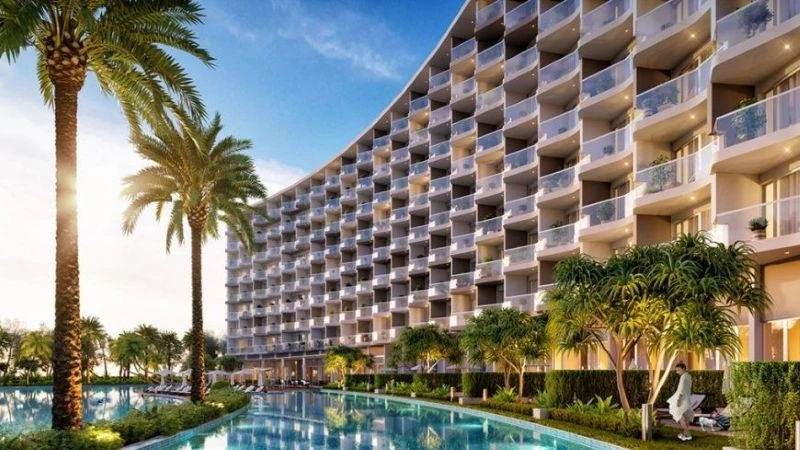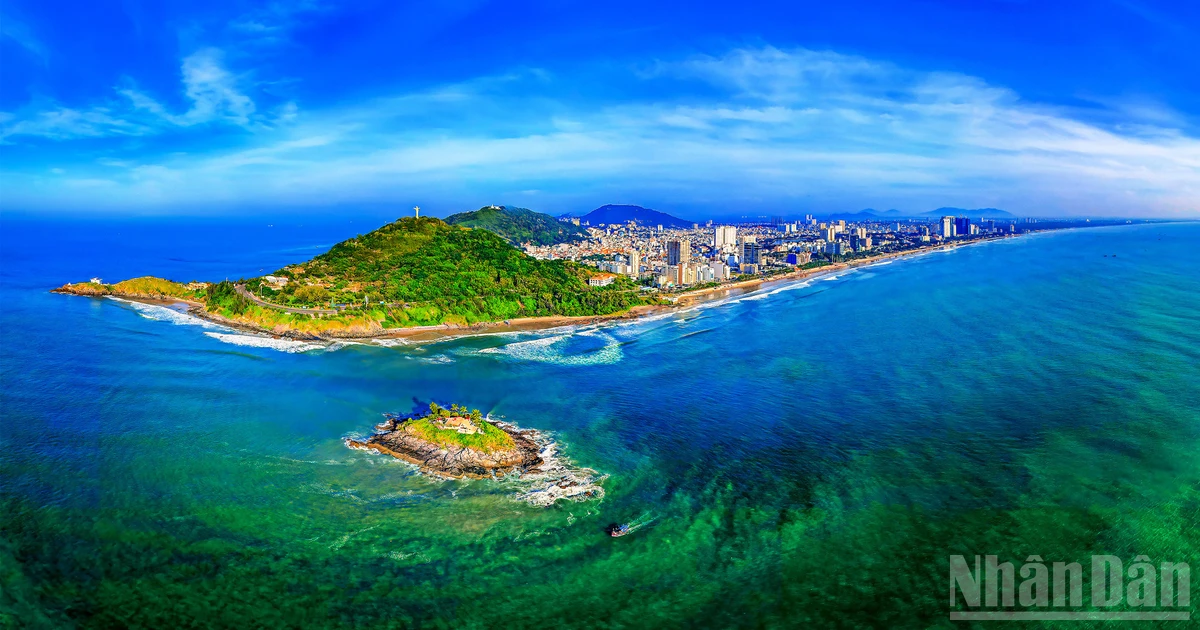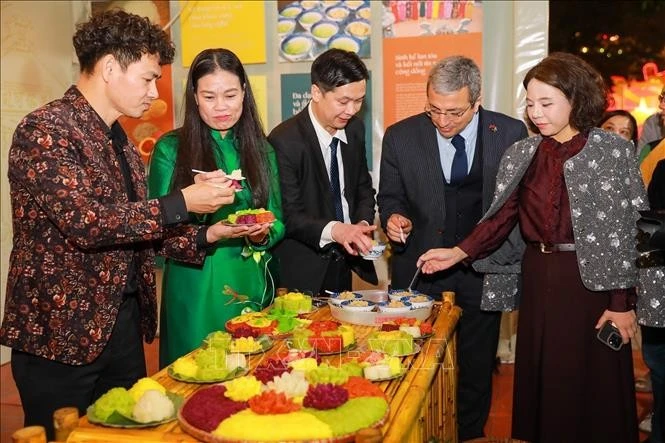The Nha Trang Sea Cultural and Tourism Festival, held for the first time from June 7–9, features nearly 40 art performances and events. This vibrant programme is drawing a large number of tourists to the beautiful seaside city.
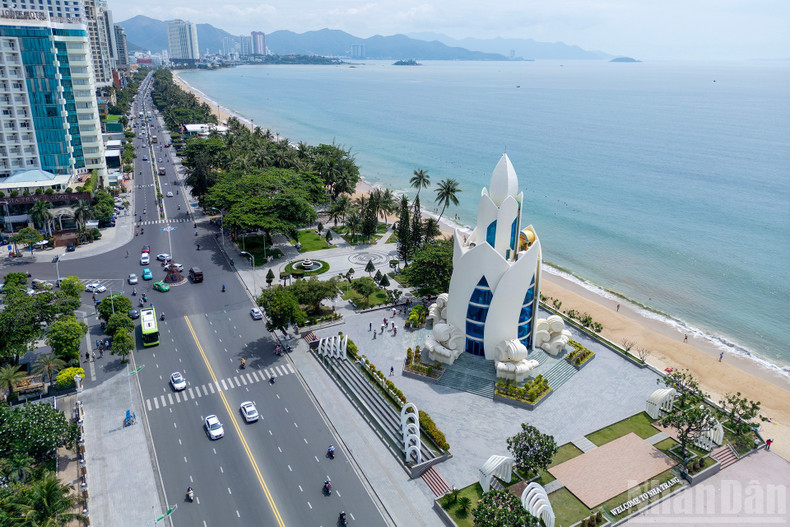
A symbol of the city is the Tram Huong Tower, located in April 2nd Square. Its architecture is inspired by an incense bud reaching toward the sky. The tower not only honours the cultural heritage of Khanh Hoa’s agarwood – a national intangible cultural heritage – but also serves as a unique tourist landmark. It is a harmonious fusion of tradition and modernity, of nature and people.
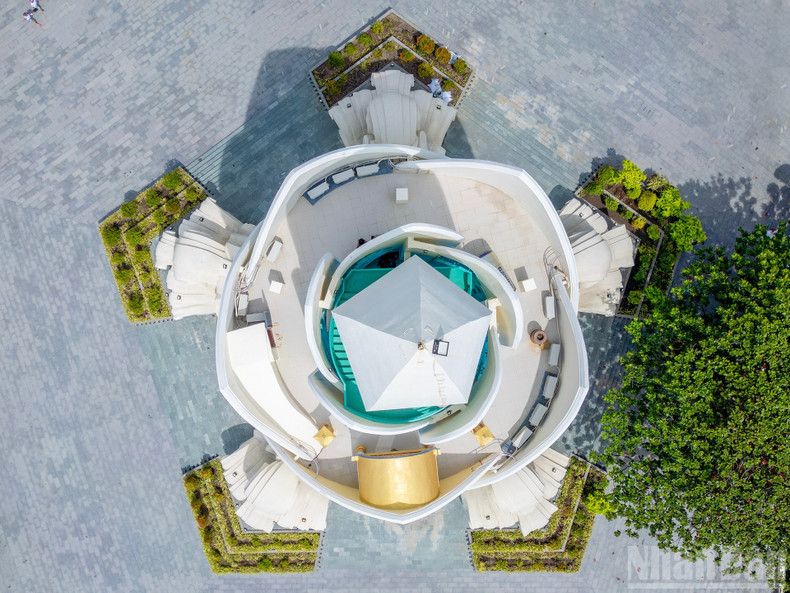
The six-storey Tram Huong Tower integrates design elements such as the incense bud, sails, ocean waves, and a sacred flame. Inside, the tower houses exhibits showcasing Khanh Hoa’s cultural heritage and signature products such as agarwood and bird’s nest, alongside a spiritual memorial area. The tower’s hollow spire creates a torch-like lighting effect at night, symbolising the locality’s development.
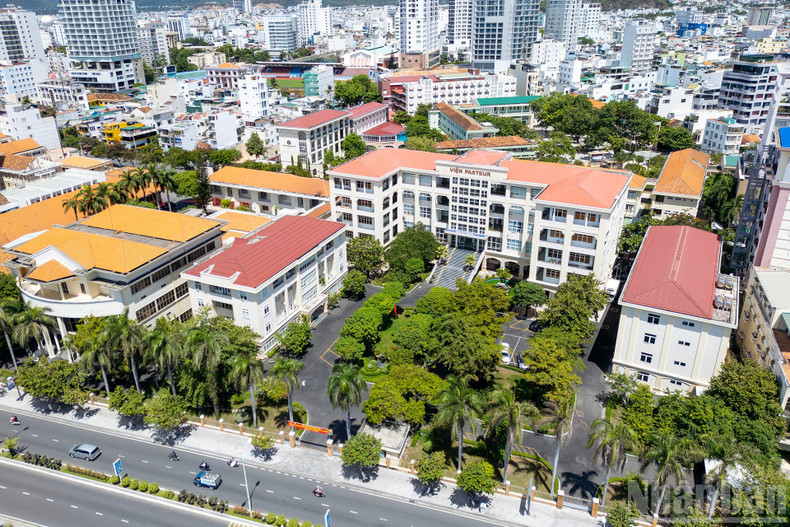
Nha Trang is home to several scientific institutions with long-standing history. The Pasteur Institute Nha Trang, established in 1895, is one of Viet Nam’s oldest medical facilities. It is part of the global Pasteur Institute network founded by Louis Pasteur. Since the early 20th century, it has played a pioneering role in disease research and prevention, vaccine production, and medical training.
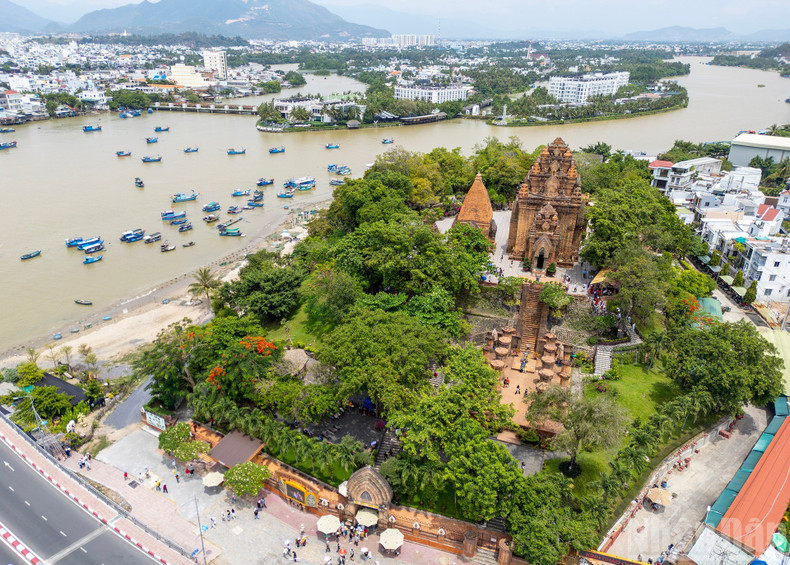
The city is also home to the Ponagar Cham Tower – a national special relic. This ancient Cham temple complex is located on Cu Lao Hill, near the mouth of the Cai River, around 2km north of Nha Trang’s centre. Built between the 8th and 13th centuries, it is dedicated to the goddess Thien Y A Na – the Mother of the Land, a creator deity who, according to Cham legend, protects crops and teaches people various trades.
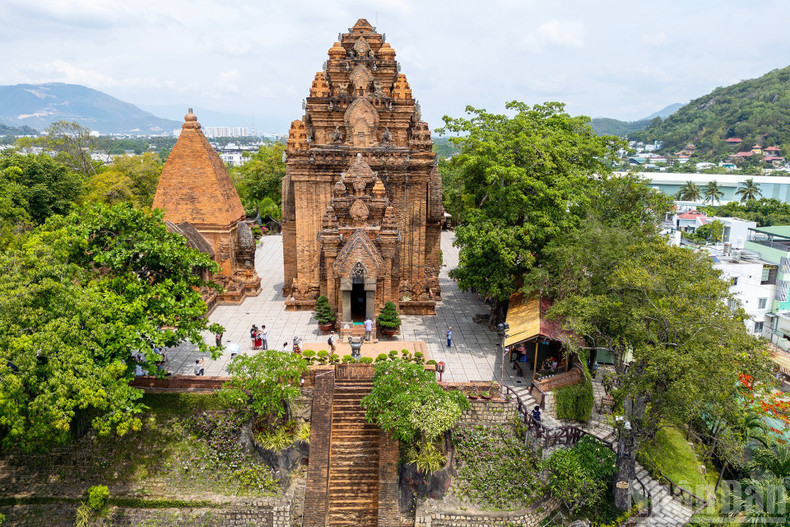
The complex consists of three levels: the gate tower (now only remnants remain), the Mandapa vestibule with 22 octagonal brick columns, and the main temple area with four remaining towers – the tallest standing at 23 metres. Constructed with tightly-fitted baked bricks without binding mortar, the towers reflect the Cham people's remarkable construction techniques.
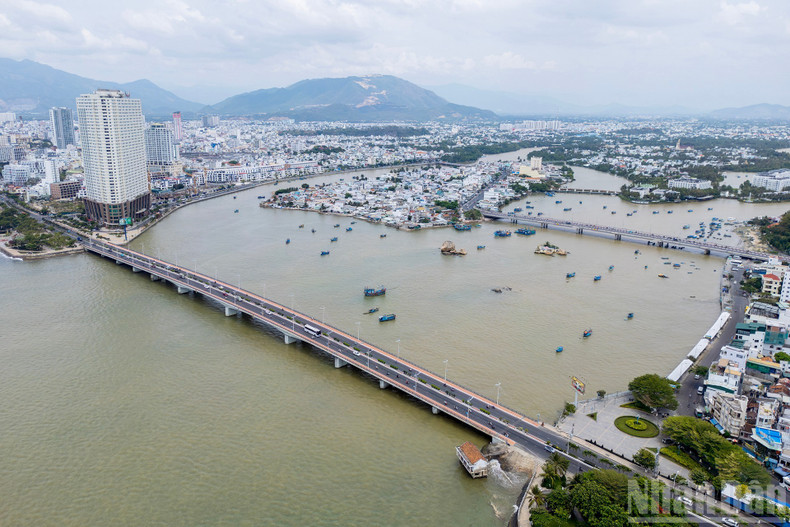
Not far from Ponagar Tower are two bridges spanning the Cai River and connecting the city centre with the northern area: Xom Bong Bridge and Tran Phu Bridge. Both play vital roles in Nha Trang’s transport and tourism infrastructure, facilitating the movement of residents and tourists alike.
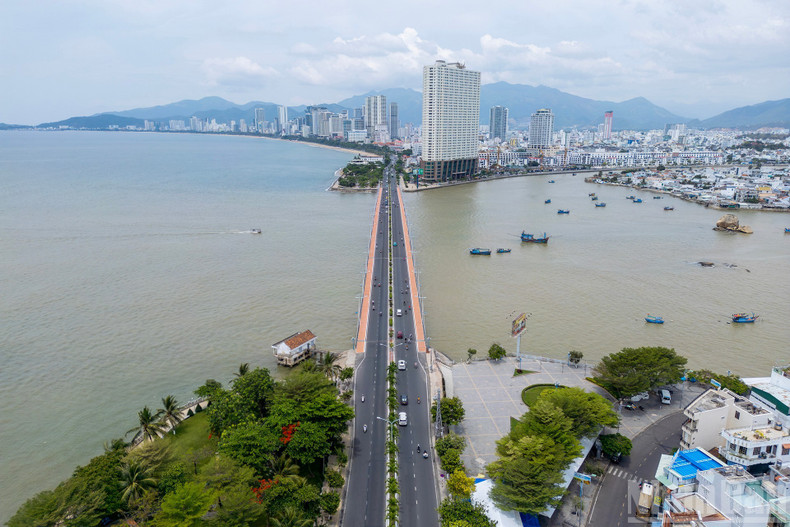
Tran Phu Bridge is a modern structure connecting Tran Phu Street with Pham Van Dong Street. It measures 458.27 metres long and 22 metres wide, with four lanes. Construction began on September 3, 1999 and was completed on September 2, 2002. Besides serving traffic needs, the bridge also offers scenic views and attracts many visitors.
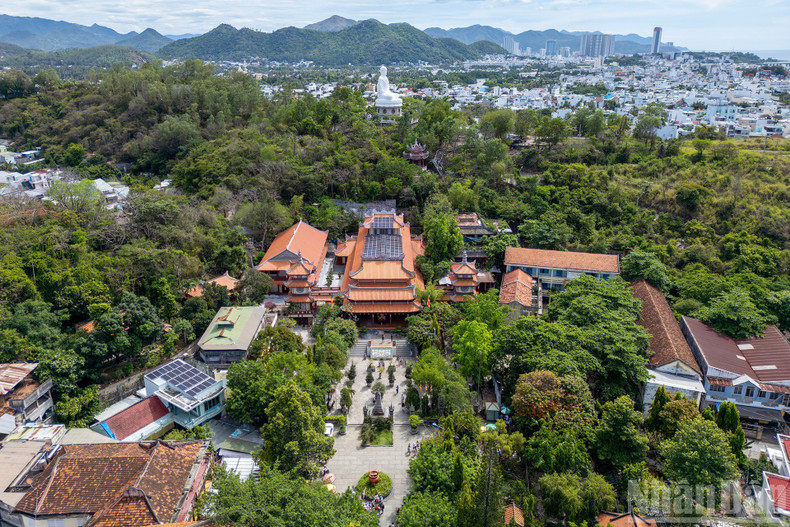
Nha Trang is rich in religious landmarks. Perched atop Trai Thuy Hill, the statue of the seated Buddha at Long Son Pagoda is a prominent spiritual symbol of the city. Built in 1963, the statue stands 24 metres tall – with a 14-metre-high figure of the Buddha seated on a 7-metre-high lotus pedestal, 10 metres in diameter.
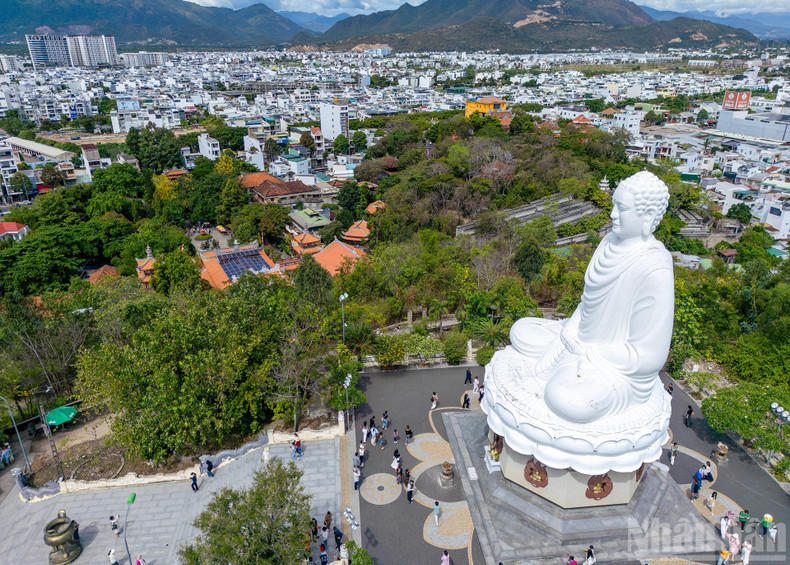
This is the largest outdoor Buddha statue in Viet Nam, portraying Shakyamuni Buddha preaching, with a serene and compassionate expression. From the statue’s location, visitors can enjoy sweeping views of the city and Nha Trang Bay, creating an experience that is both sacred and awe-inspiring.
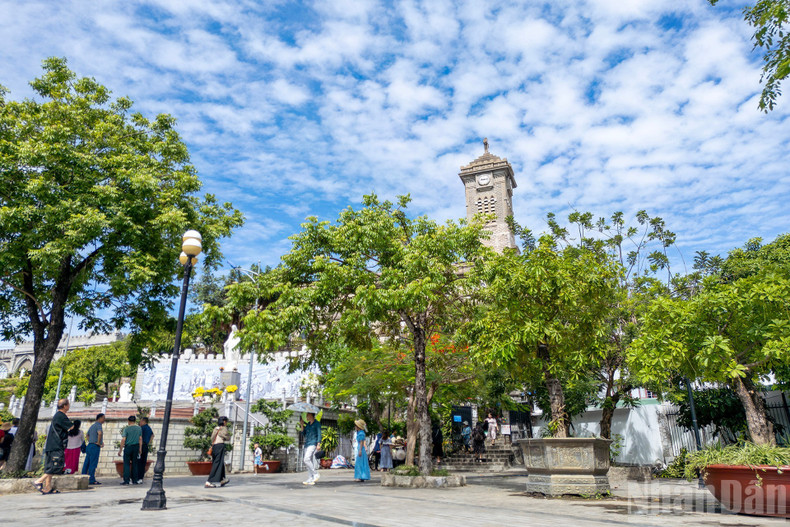
Another significant religious site is the Nui Church, officially the Christ the King Cathedral, an iconic spiritual and architectural landmark of the coastal city.
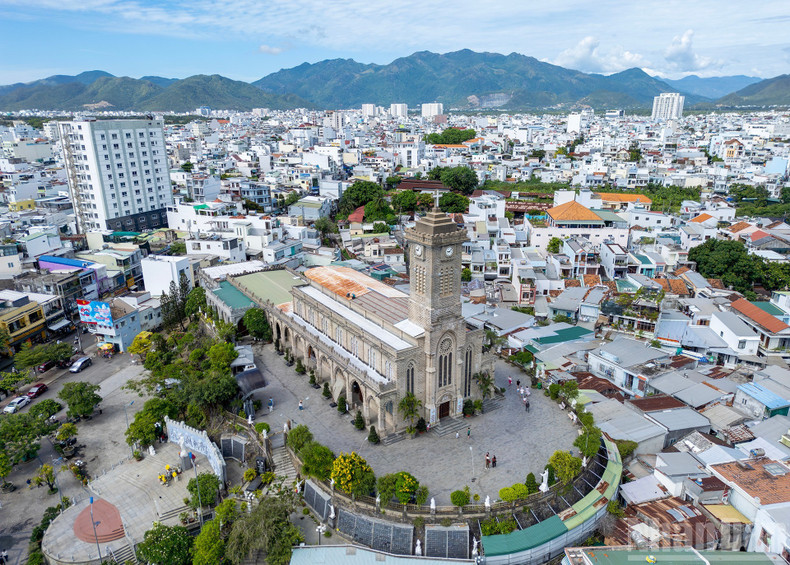
Located atop Hoang Lan Hill, the church was constructed between 1928 and 1933 in a Western Gothic style. It features a 38-metre-high bell tower and pointed arches that rise towards the sky, lending an air of majesty and grace.
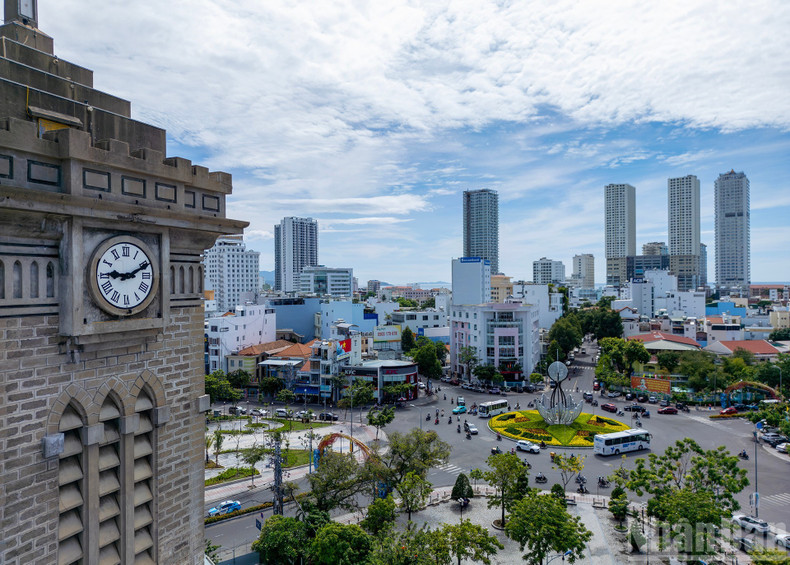
Locals affectionately call it “ Nui (Mountain) Church” due to its elevated position and distinctive stone architecture. Father Louis Vallet, the church’s founder, is buried at the foot of the hill – a testament to his devotion. Today, the church serves not only as a place of worship but also as a tranquil, spiritual destination amidst the city’s lively pace.
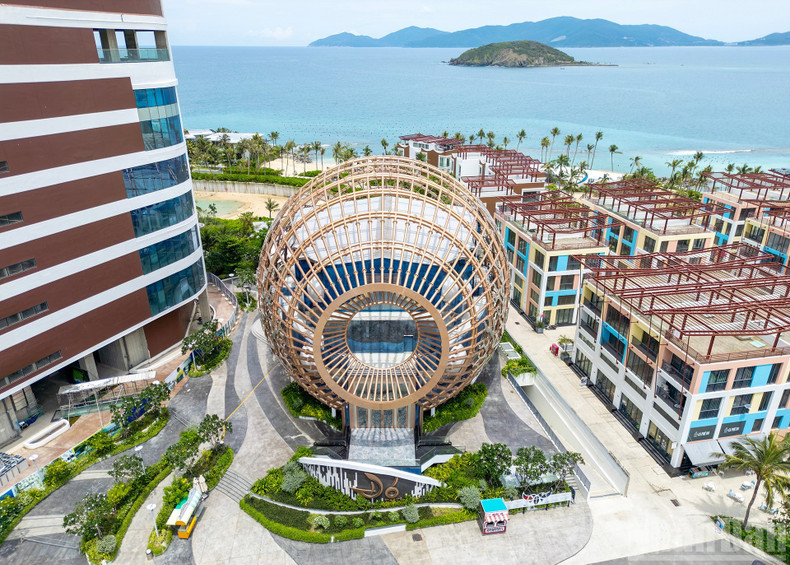
A modern landmark showcasing Nha Trang’s latest cultural aspirations is Do Theatre, located in the Bai Tien area within the Vega City complex. This unique performing arts centre takes inspiration from the traditional Vietnamese fish trap known as the “do”. With its striking design resembling a giant trap, the theatre stands out in the bay, blending folk motifs with modern architecture.
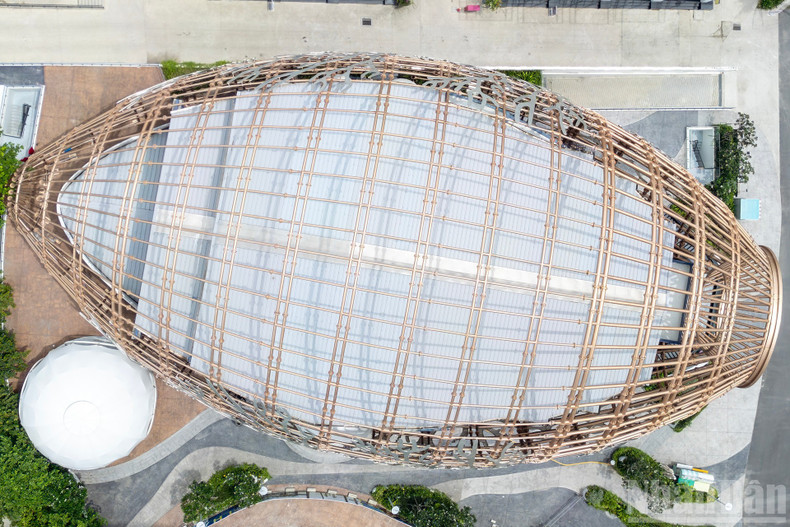
Do Theatre features a versatile performance space with a 240m2 water stage and a 536-seat auditorium equipped with world-class sound and lighting systems. It is not only a new cultural attraction but also a symbol of contemporary art in Nha Trang.
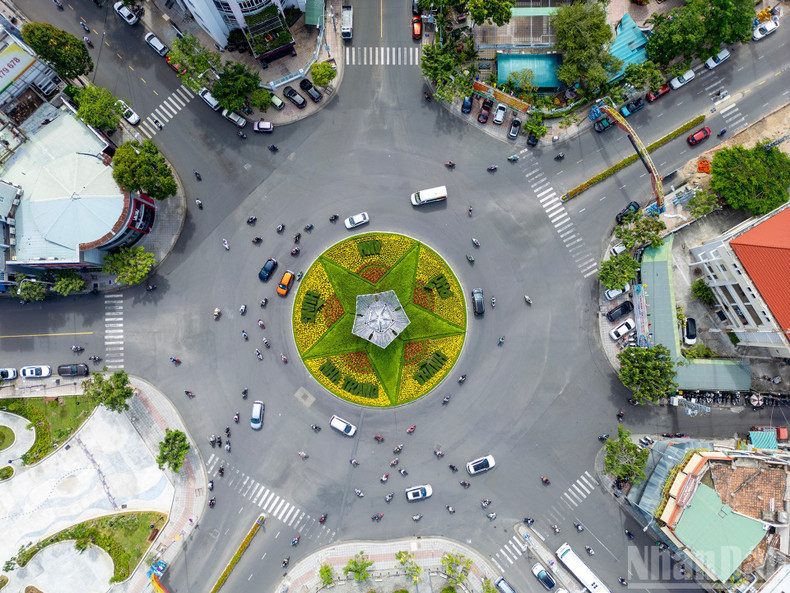
As summer arrives, Nha Trang shines like a symphony of golden sunshine, azure sea, and rich cultural heritage. Through every frame, the city radiates energy, inviting travellers from near and far to discover, experience, and fall in love with this captivating gem of Viet Nam’s central coast.
